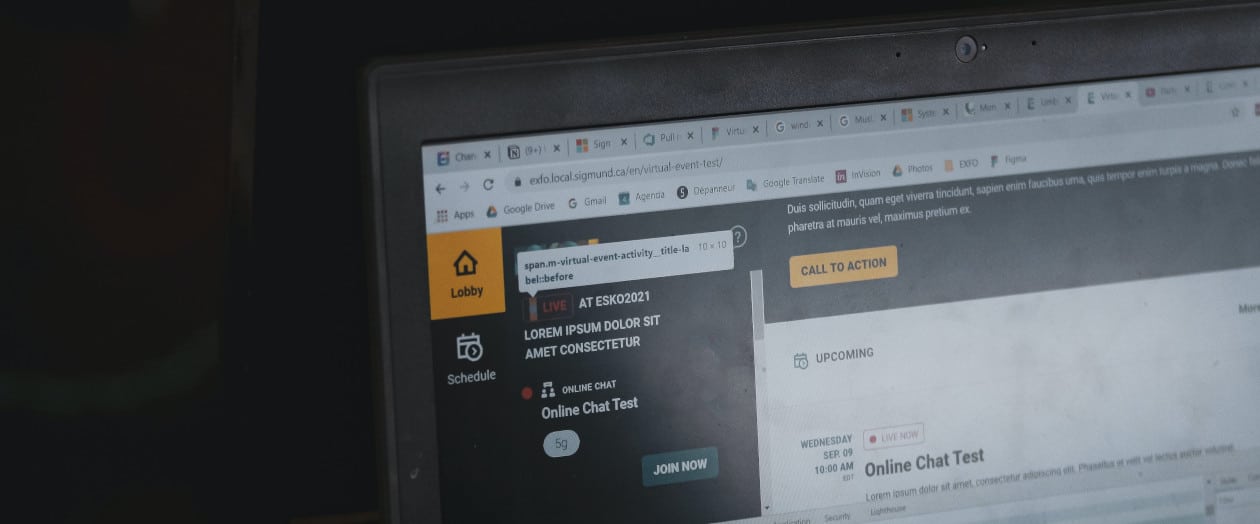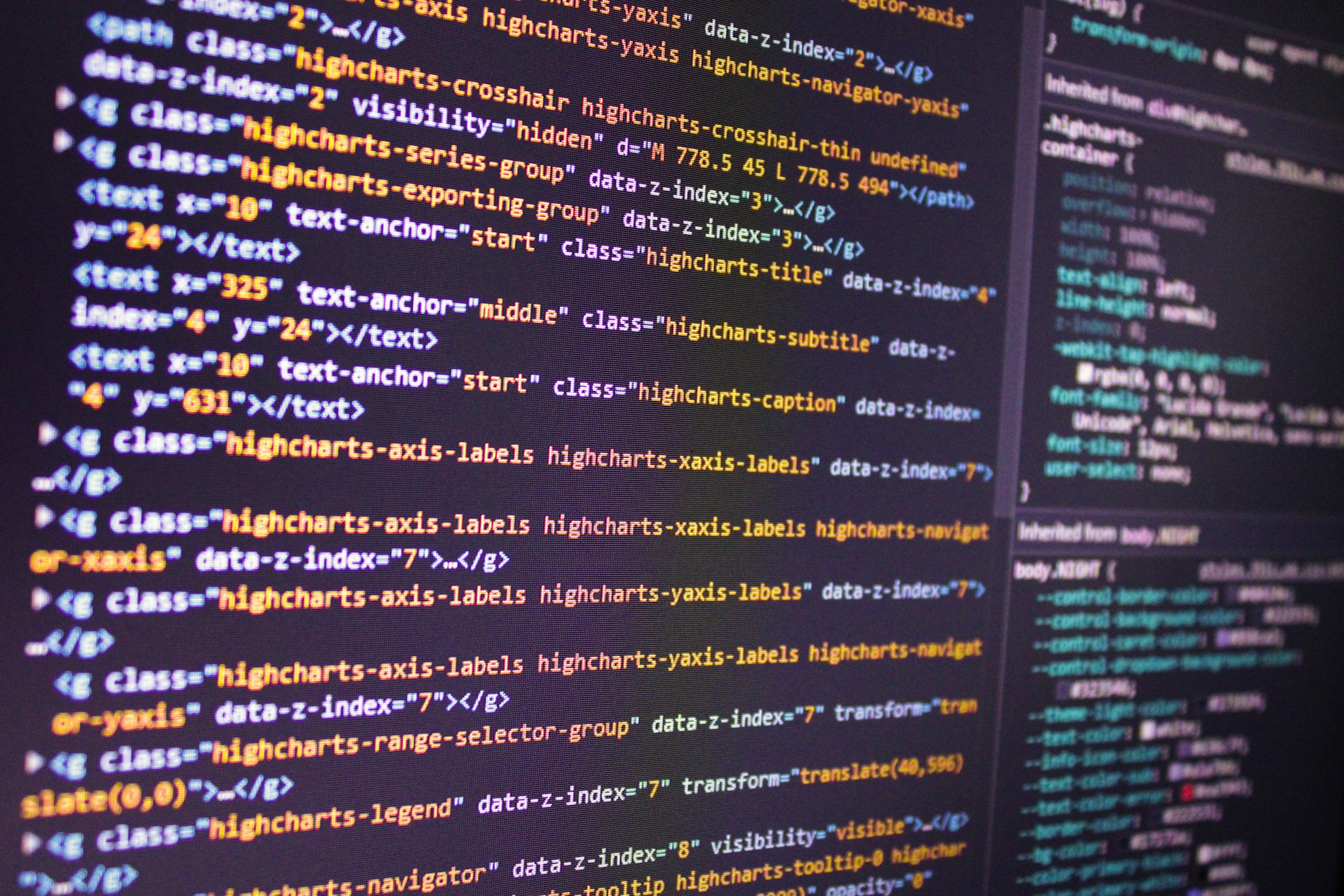Frameworks and Libraries in Front-End Development
Explore the world of front-end development with our comprehensive guide on frameworks and libraries. Understand their role, benefits, popular choices like React, Angular, and Vue.js, and how to select the right tool for your project. Stay ahead in the evolving landscape of front-end development with our insights.

Table of Contents
Front-end development is an essential aspect of web development. It involves creating the user interface and user experience of a website or web application. The front-end is what users see and interact with directly, making it a crucial part of any web project. It’s the bridge between the user and the back-end, the server-side of the application.
In the realm of front-end development, developers have a variety of tools at their disposal. Among these tools are frameworks and libraries, which provide pre-written code to help speed up development and make the code more maintainable. These tools have become increasingly popular due to their efficiency and ease of use, and understanding them is essential for any front-end developer.
Table of Contents
Introduction to Frameworks and Libraries in Front-End Development
Frameworks and libraries are collections of pre-written code that developers can use to perform common tasks. They provide a structured and standardized way to build web applications, and often come with built-in functionalities for common tasks, such as handling user input, managing state, and interacting with APIs.
Frameworks, like Angular and Vue.js, provide a comprehensive approach to building web applications. They offer a complete toolset, including a template language, a compiler, a module system, and an HTTP client. They also enforce a specific structure for the application, which can lead to more maintainable and scalable code.
Libraries, on the other hand, are more flexible. They provide functions for specific tasks, but they don’t enforce a specific structure for the application. This allows developers to pick and choose the parts they need and integrate them into their existing codebase. Examples of libraries include React and jQuery.
Benefits of Using Frameworks and Libraries
In the ever-evolving world of front-end development, frameworks and libraries have become essential tools for developers. They provide a structured foundation that can simplify the development process and enhance the overall quality of the code. By leveraging these tools, developers can create more robust, efficient, and maintainable applications. The use of frameworks and libraries is not just a trend; it’s a practical approach that brings tangible benefits to both developers and end-users. Let’s explore some of the key benefits:
- Speeding Up Development Time: By providing pre-written code for common tasks, frameworks and libraries eliminate the need to write the same code from scratch. This allows developers to focus on the unique aspects of their application, rather than the boilerplate code.
- Enforcing Best Practices and Promoting Code Consistency: Frameworks and libraries help enforce coding best practices and promote consistency across the project. This leads to more maintainable and scalable code, which is especially important for large projects with multiple developers.
- Community Support: Frameworks and libraries often come with robust community support. This means that if you encounter a problem or need help, you can turn to the community for assistance. This can be a valuable resource for learning and problem-solving.
Popular Front-End Frameworks and Their Features
There are several popular front-end frameworks that developers commonly use. These include:
- React: Developed by Facebook, React is a JavaScript library for building user interfaces. It’s known for its virtual DOM, which improves performance by minimizing direct manipulation of the HTML DOM.
- Angular: Developed by Google, Angular is a full-featured framework for building complex web applications. It offers features like two-way data binding, dependency injection, and a modular architecture.
- Vue.js: Vue.js is a progressive framework for building user interfaces. It’s designed to be easy to adopt, allowing developers to integrate it into projects incrementally.
Essential Front-End Libraries and their Use Cases
In addition to frameworks, there are several essential libraries that front-end developers should be familiar with:
- jQuery: jQuery is a fast, small, and feature-rich JavaScript library. It simplifies tasks like HTML document traversal and manipulation, event handling, and Ajax.
- Lodash: Lodash is a JavaScript utility library that provides helpful methods for manipulation and combination of arrays, objects, and strings.
- D3.js: D3.js is a library for creating data visualizations with web standards. It gives you the full capabilities of modern browsers without tying yourself to a proprietary framework.
Considerations for Choosing the Right Framework or Library
Choosing the right framework or library is a critical decision that can significantly impact the success of a project. It requires careful consideration of various factors to ensure that the chosen technology aligns with the project’s goals and the team’s capabilities. Here’s a step-by-step guide to help you make an informed decision:
- Assess Project Requirements: Understand the specific needs and objectives of the project. Consider factors like performance, scalability, and functionality.
- Evaluate Team Expertise: Consider the team’s familiarity and comfort level with the technology. Choose a framework or library that aligns with the team’s skill set.
- Analyze Size and Complexity: Determine the size and complexity of the project. Select a technology that is suitable for the project’s scope and complexity.
- Research Community and Support: Investigate the community and support around the technology. Look for active forums, documentation, and community contributions.
- Consider the Learning Curve: Evaluate the learning curve associated with the technology. Consider how it may impact development time and the ease of onboarding new developers.
- Test and Experiment: If possible, conduct a small pilot project or experiment with the technology to assess its suitability for your project.
By following these steps, you can make a more informed decision that takes into account the unique aspects of your project and team. Remember, the right choice of framework or library can streamline development, enforce best practices, and contribute to the overall success of the project. Don’t hesitate to seek input from team members and consult with experts in the field to ensure that you make the best choice for your specific needs.
Front-end development has evolved significantly over the years, and the use of frameworks and libraries has become a standard practice. They not only speed up the development process but also help in writing clean, maintainable code. However, it’s essential to choose the right tool based on the project’s requirements, the team’s expertise, and the tool’s community support.
Whether you choose a framework like Angular, React, or Vue.js, or prefer to use libraries like jQuery or Lodash, the goal is to create efficient, user-friendly web applications. As the world of front-end development continues to evolve, staying updated with the latest frameworks and libraries will be crucial for any developer.
Remember, there’s no one-size-fits-all when it comes to choosing a framework or library. It’s about finding the right tool for the job. So, explore, experiment, and choose the one that best fits your project’s needs and your team’s skills.
FAQ of Frameworks and Libraries in Front-End Dev
React is often referred to as a library because it primarily deals with the view layer in the MVC architecture. However, with the addition of features like hooks and context API, it can also be considered a lightweight framework.
Bootstrap is a front-end framework. It provides pre-styled components and a grid system to help developers quickly build responsive web pages.
JavaScript is neither a library nor a framework. It's a high-level, interpreted programming language used to make web pages interactive.
TypeScript is neither a library nor a framework. It's a statically typed superset of JavaScript that adds optional types to the language.
Node.js is a runtime environment that allows JavaScript to be run on the server side. It's not a library or a framework, but it does have a rich ecosystem of libraries and frameworks built on top of it.
No, Python is a high-level, interpreted programming language. It's not a front-end framework, but it has several frameworks like Django and Flask for back-end web development.
MVC, or Model-View-Controller, is a design pattern used in software development. It's not a framework, but many front-end and back-end frameworks use the MVC pattern.
No, Django is a high-level Python web framework that encourages rapid development and clean, pragmatic design. It's primarily used for back-end development.
Python is a high-level, interpreted programming language. It's not a library or a framework, but it has a rich ecosystem of libraries and frameworks.
jQuery is a fast, small, and feature-rich JavaScript library. It simplifies HTML document traversal, event handling, and Ajax interactions for rapid web development.
Yes, React Bootstrap is a library. It's a version of Bootstrap rebuilt for React, providing Bootstrap's functionality in a way that fits naturally with React's component philosophy.
Angular is a platform and framework for building single-page client applications using HTML and TypeScript. It's a full-featured framework that includes everything from a template language to a compiler, from a module system to an HTTP client.
No, HTML (HyperText Markup Language) is not a framework. It's a markup language used for structuring content on the web.
Bootstrap is a CSS framework, but it also includes JavaScript components. It provides pre-styled HTML and CSS templates for various components like buttons, forms, and navigation bars.
.NET is a framework. It's a free, cross-platform, open-source developer platform for building many different types of applications.
No, PHP is a server-side scripting language designed for web development. It's not a JavaScript library.
No, JavaScript .NET does not exist. JavaScript and .NET are separate technologies. JavaScript is a programming language used for client-side web development, while .NET is a framework for building applications on the Microsoft platform.
Three.js is a library. It's a lightweight, 3D library with a very low level of complexity.
Spring is a framework. It's a comprehensive framework for building Java applications, with a focus on enterprise-level applications.
A framework is a software toolkit for building applications, a library is a collection of pre-written code used to perform common tasks, and an API (Application Programming Interface) is a set of rules and protocols for building and interacting with software applications.
A UI framework is a software toolkit for building user interfaces, providing a structured way of organizing your code. A UI library, on the other hand, is a collection of pre-written, reusable code for creating user interfaces.
Django is a high-level Python web framework that encourages rapid development and clean, pragmatic design. It's not a library, but a framework.





